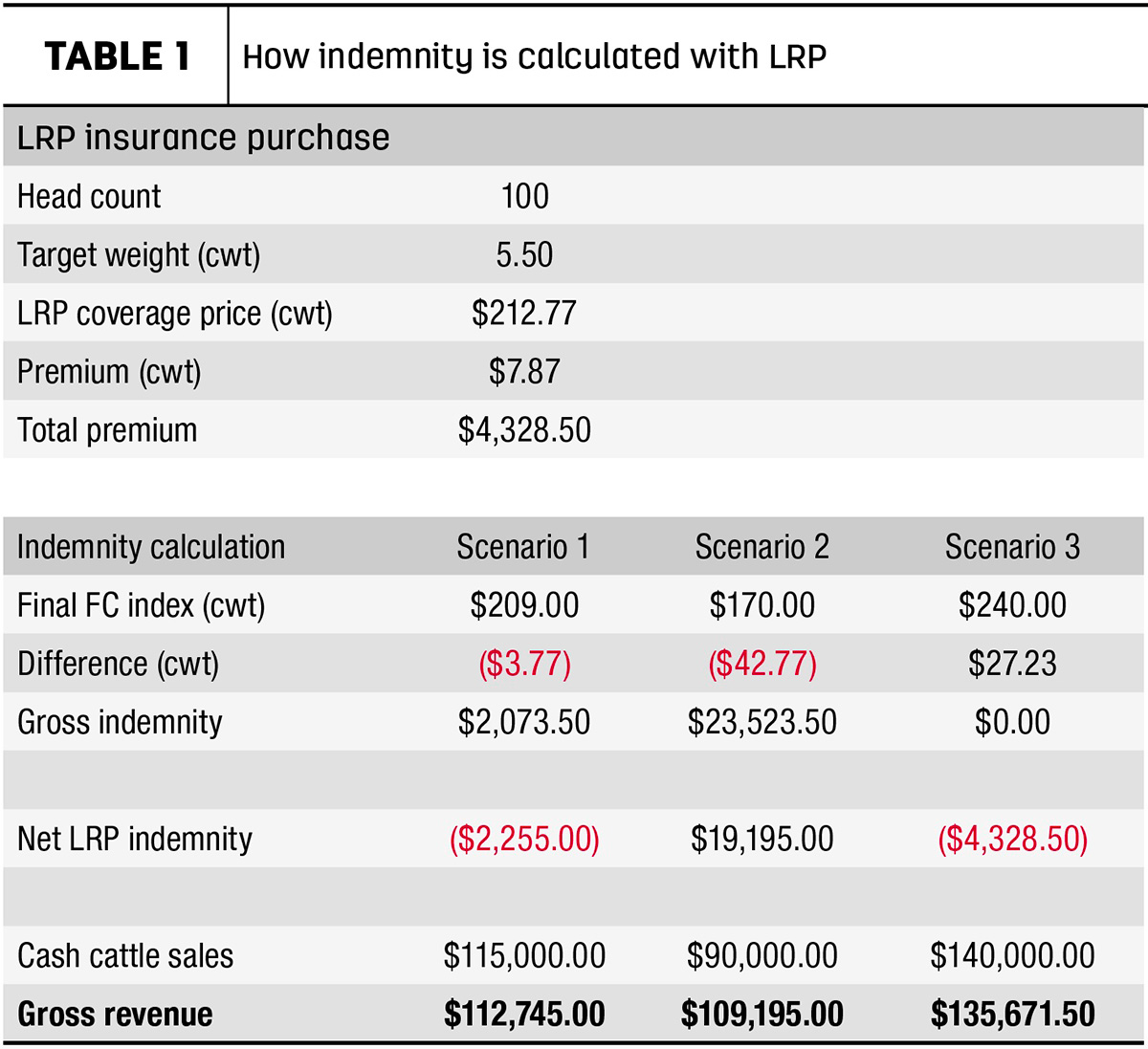Comprehending Livestock Risk Defense (LRP) Insurance Coverage: A Comprehensive Guide
Navigating the world of animals danger defense (LRP) insurance policy can be a complex undertaking for numerous in the farming market. This kind of insurance provides a safeguard versus market changes and unanticipated circumstances that might affect animals manufacturers. By comprehending the details of LRP insurance, producers can make educated decisions that might protect their procedures from economic dangers. From just how LRP insurance works to the different coverage choices readily available, there is much to uncover in this thorough overview that can potentially form the means animals manufacturers approach threat administration in their businesses.

How LRP Insurance Functions
Occasionally, comprehending the technicians of Animals Threat Security (LRP) insurance coverage can be complicated, but damaging down just how it works can supply clearness for farmers and ranchers. LRP insurance coverage is a threat administration device created to protect animals manufacturers against unexpected price declines. The policy permits producers to establish a protection degree based upon their particular needs, selecting the number of head, weight variety, and insurance coverage price. When the policy is in location, if market prices fall below the protection rate, producers can sue for the distinction. It's essential to keep in mind that LRP insurance is not an earnings assurance; instead, it concentrates exclusively on cost threat defense. The insurance coverage duration normally ranges from 13 to 52 weeks, offering adaptability for manufacturers to choose a duration that aligns with their production cycle. By utilizing LRP insurance coverage, farmers and ranchers can reduce the economic risks linked with varying market value, making sure greater stability in their procedures.
Qualification and Coverage Options

When it comes to coverage alternatives, LRP insurance provides producers the versatility to pick the coverage level, coverage period, and endorsements that best fit their threat monitoring requirements. By recognizing the eligibility requirements and coverage options available, animals manufacturers can make enlightened decisions to handle risk efficiently.
Advantages And Disadvantages of LRP Insurance Policy
When evaluating Animals Danger Security (LRP) insurance policy, it is important for livestock producers to evaluate the drawbacks and advantages integral in this threat administration tool.

One of the key advantages of LRP insurance is its capacity to provide defense against a decline in animals prices. This can assist safeguard producers from economic losses resulting from market fluctuations. In addition, LRP insurance coverage offers a degree of flexibility, enabling manufacturers to customize insurance coverage levels and policy periods to fit their particular needs. By securing an ensured cost for their livestock, producers can better handle danger and prepare for the future.
One restriction of LRP insurance is that it does not protect versus all types of risks, such as disease episodes or natural disasters. It is critical for manufacturers to very carefully evaluate their private danger exposure and economic circumstance to determine if LRP insurance is the appropriate risk monitoring tool for their procedure.
Understanding LRP Insurance Policy Premiums

Tips for Optimizing LRP Benefits
Taking full advantage of the advantages of Animals Risk Protection (LRP) insurance coverage calls for strategic planning and proactive danger administration - Bagley Risk Management. To maximize your LRP insurance coverage, consider the following suggestions:
On A Regular Basis Analyze Market Problems: Keep notified regarding market fads and rate fluctuations in the livestock market. By checking these variables, you can make enlightened decisions about when to purchase LRP coverage to protect against potential losses.
Set Realistic Insurance Coverage Degrees: When selecting coverage levels, consider your production costs, market price of livestock, and prospective dangers - Bagley Risk Management. Setting reasonable insurance coverage degrees ensures that you are effectively safeguarded without overpaying for unneeded insurance coverage
Diversify Your Coverage: Rather of counting exclusively on LRP insurance coverage, consider expanding your danger management strategies. Incorporating LRP blog here with various other risk monitoring devices such as futures contracts or alternatives can give extensive coverage against market unpredictabilities.
Evaluation and Adjust Insurance Coverage On a regular basis: As market conditions transform, regularly review your LRP insurance coverage to ensure it straightens with your current threat exposure. Readjusting protection check my reference degrees and timing of purchases can assist optimize your danger protection approach. By complying with these tips, you can make the most of the advantages of LRP insurance coverage and guard your livestock procedure against unpredicted risks.
Verdict
In final thought, livestock threat protection (LRP) insurance policy is an important device for farmers to take care of the monetary threats related to their animals procedures. By comprehending just how LRP functions, eligibility and protection choices, as well as the benefits and drawbacks of this insurance policy, farmers can make informed decisions to secure their livelihoods. By thoroughly taking into consideration LRP costs and executing methods to take full advantage of advantages, farmers can mitigate potential losses and ensure the sustainability of their operations.
Livestock producers interested in getting Animals Risk Security (LRP) insurance policy can explore a range of eligibility requirements and coverage choices tailored to their details livestock procedures.When it comes to protection choices, LRP insurance provides manufacturers the versatility to select the insurance coverage degree, coverage period, and endorsements that finest fit their danger administration needs.To realize the intricacies of Livestock Risk Defense (LRP) insurance policy totally, recognizing the aspects influencing LRP insurance premiums is essential. LRP insurance costs are established by numerous aspects, including the coverage degree picked, the anticipated rate of livestock at the end of the protection period, the kind of animals being insured, and the size of the insurance coverage period.Review and Adjust Insurance Coverage Consistently: As market problems alter, periodically assess your LRP insurance coverage to ensure it aligns with your existing danger exposure.
Comments on “Opening Development Prospective: Bagley Risk Management Approaches”